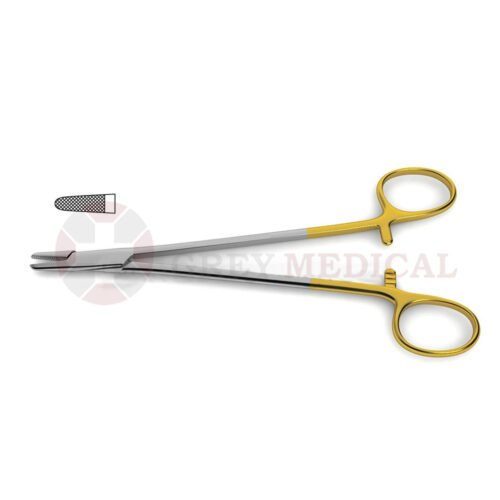Orthodontic treatments often require precision and meticulous attention to detail, particularly when applying brackets, wires, or other orthodontic appliances. Moisture can significantly affect the success of these treatments by interfering with the adhesion of materials. This is where the Nola Needle, a component of the Nola Dry Field System, plays a vital role in enhancing the efficiency of orthodontic procedures by maintaining a dry environment throughout the treatment.
Why the Nola Needle is Important in Orthodontics?
Orthodontic treatments, such as the placement of brackets for braces or the bonding of retainers, require a completely dry field to ensure that the adhesive materials bond properly to the teeth. Saliva or moisture can cause the adhesives to weaken, leading to potential complications such as the premature detachment of brackets. The Nola Needle ensures that the working area remains dry, which is crucial for successful orthodontic outcomes.
Key Features of the Nola Needle for Orthodontic Treatments
- Effective Moisture Control: The Nola Needle provides effective suction, ensuring that saliva and other fluids do not interfere with the adhesion process. This is particularly important during the bonding phase of orthodontic treatment.
- Clear Visibility: By keeping the field dry, the Nola Needle enhances visibility for the orthodontist, allowing for more precise placement of brackets and other appliances.
- Quick and Efficient: The Nola Needle helps streamline orthodontic procedures by reducing the time spent managing moisture and allowing the orthodontist to focus on the placement of appliances.
How the Nola Needle Benefits Orthodontic Procedures?
- Bracket Placement: When placing brackets for braces, maintaining a dry field is essential to ensure that the adhesive forms a strong bond with the enamel. The Nola Needle provides the necessary moisture control, helping the orthodontist achieve optimal placement and secure adhesion.
- Bonding Retainers: After the removal of braces, bonding a retainer to the teeth requires precision and a dry environment. The Nola Needle ensures that no saliva interferes with the bonding process, ensuring that the retainer stays in place.
- Aligner Attachments: In treatments involving clear aligners, attachments may be bonded to the teeth to help guide the aligners. The Nola Needle provides a dry environment, ensuring that these attachments adhere properly.
Benefits of Using the Nola Needle in Orthodontics
- Reduced Risk of Bracket Failure: By keeping the area dry, the Nola Needle minimizes the risk of brackets coming loose or falling off due to moisture interference.
- Increased Efficiency: The Nola Needle allows orthodontists to work more efficiently by eliminating the need to constantly manage saliva, leading to shorter treatment times.
- Improved Patient Outcomes: With better adhesion and precision, the Nola Needle helps ensure that orthodontic treatments are more successful and that patients achieve their desired results.
Conclusion
The Nola Needle is a valuable tool for orthodontic treatments, offering enhanced moisture control, improved precision, and increased efficiency. By ensuring a dry field during critical bonding procedures, the Nola Needle helps orthodontists achieve better results and provide their patients with a smoother treatment experience. For any orthodontic practice, the Nola Needle is an essential component of the Nola Dry Field System.





Comments